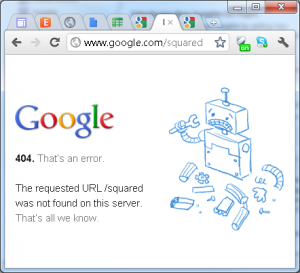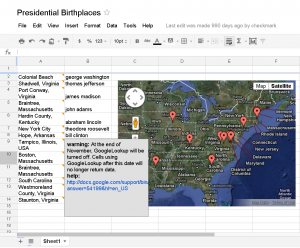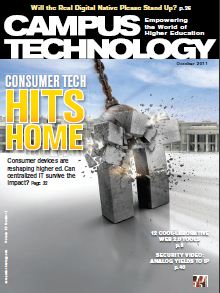I’m speaking at the Cengage Chicago and St. Petersburg Forums on the topic “Text, Touch, Swipe, Learn” – showing some cool ways to include cell phones and tablets in your classroom. The session description:
Students today are constantly on their cell phones—texting, browsing, or updating their Facebook pages. Learn about the difference between native and web-based mobile apps, find out how to turn your class blog or Web site into a mobile app, explore cool phone and tablet apps with which to create learning activities, find out how to build your own phone apps using Windows Mobile Development tools, and web-based platforms that require no coding. Be prepared to tell us your favorite apps and how you use them in class.
And here are the slides. What’s missing are the stories that I told about some of these applications.



 Check out the latest list of Web 2.0 collaboration tools in this month’s
Check out the latest list of Web 2.0 collaboration tools in this month’s  In June, I wrote about the tutoring facility we started remodelling over the summer, and posted a photo of what it looked like
In June, I wrote about the tutoring facility we started remodelling over the summer, and posted a photo of what it looked like 


